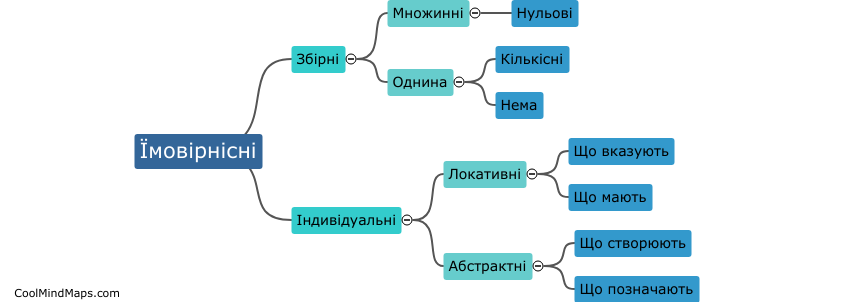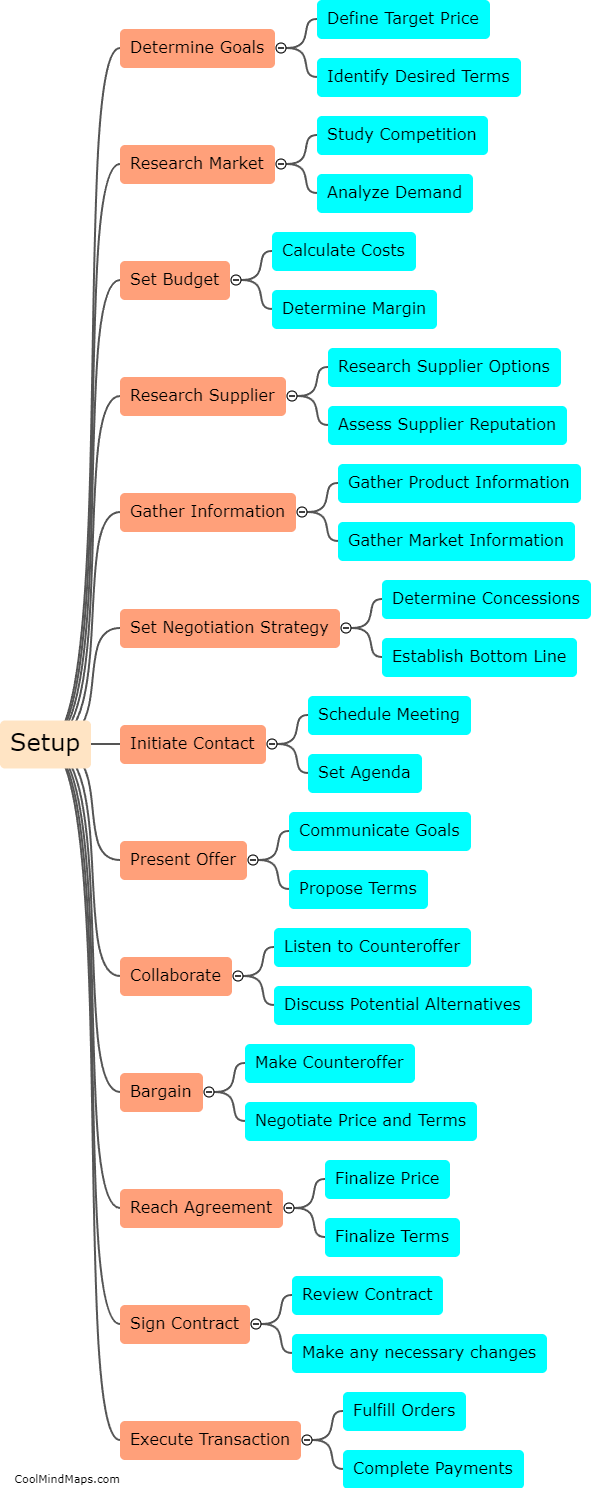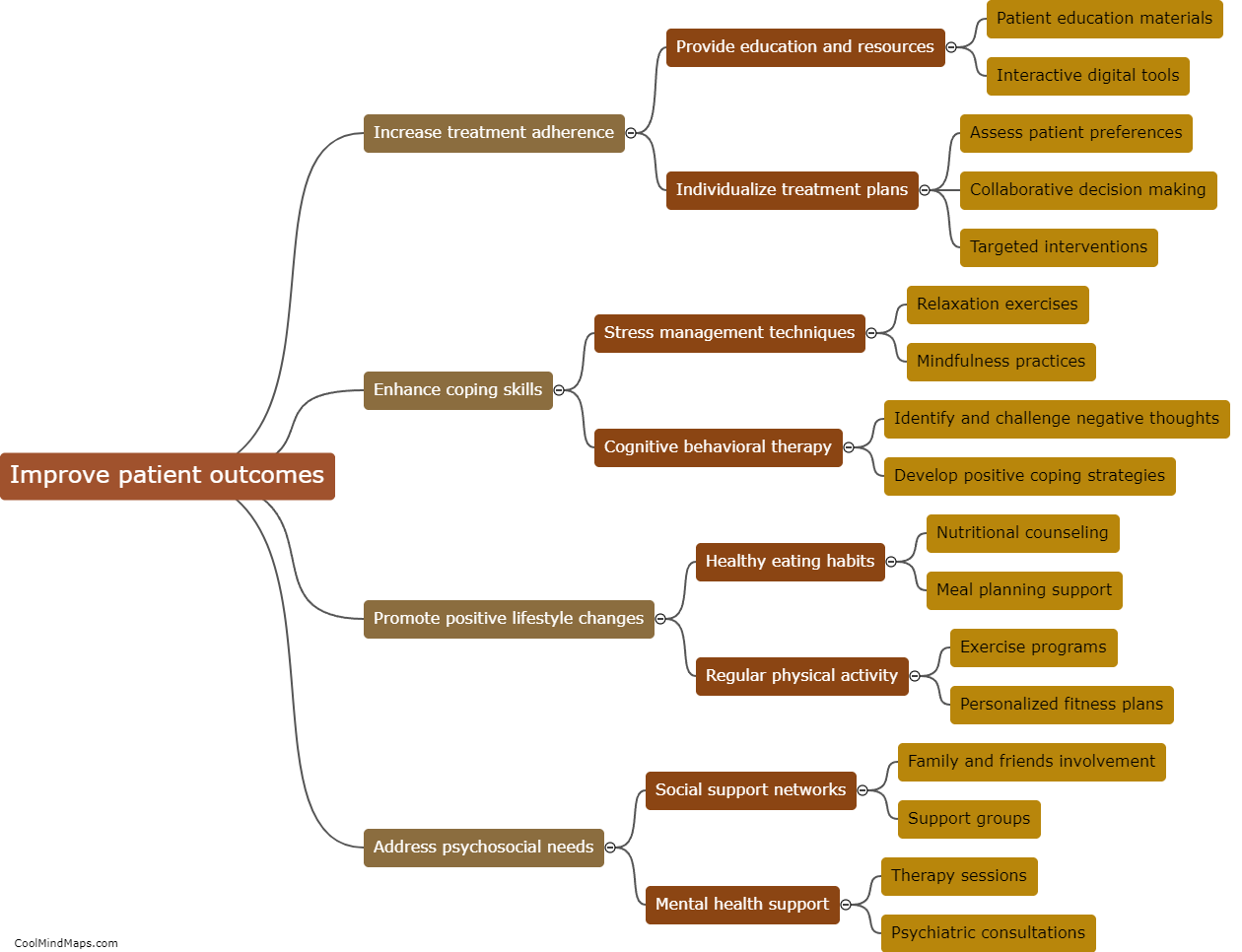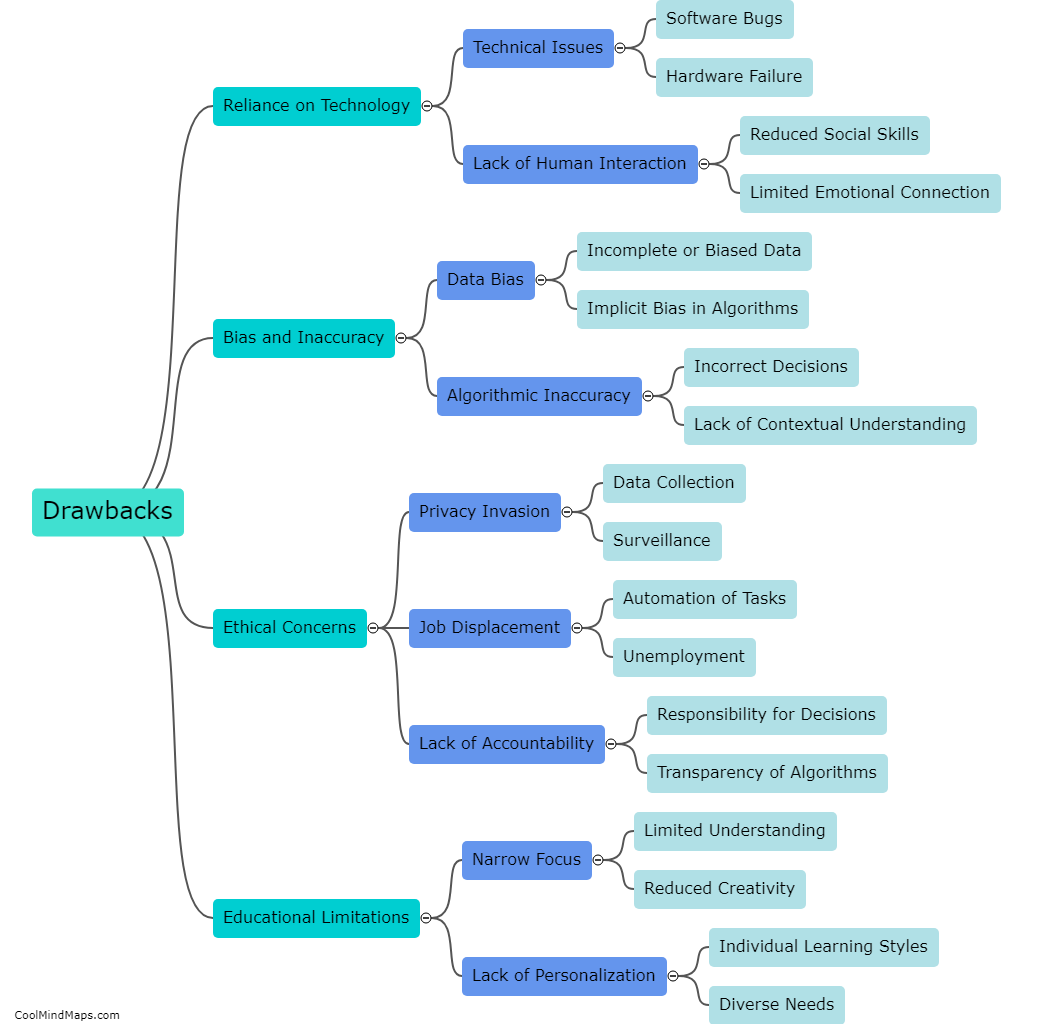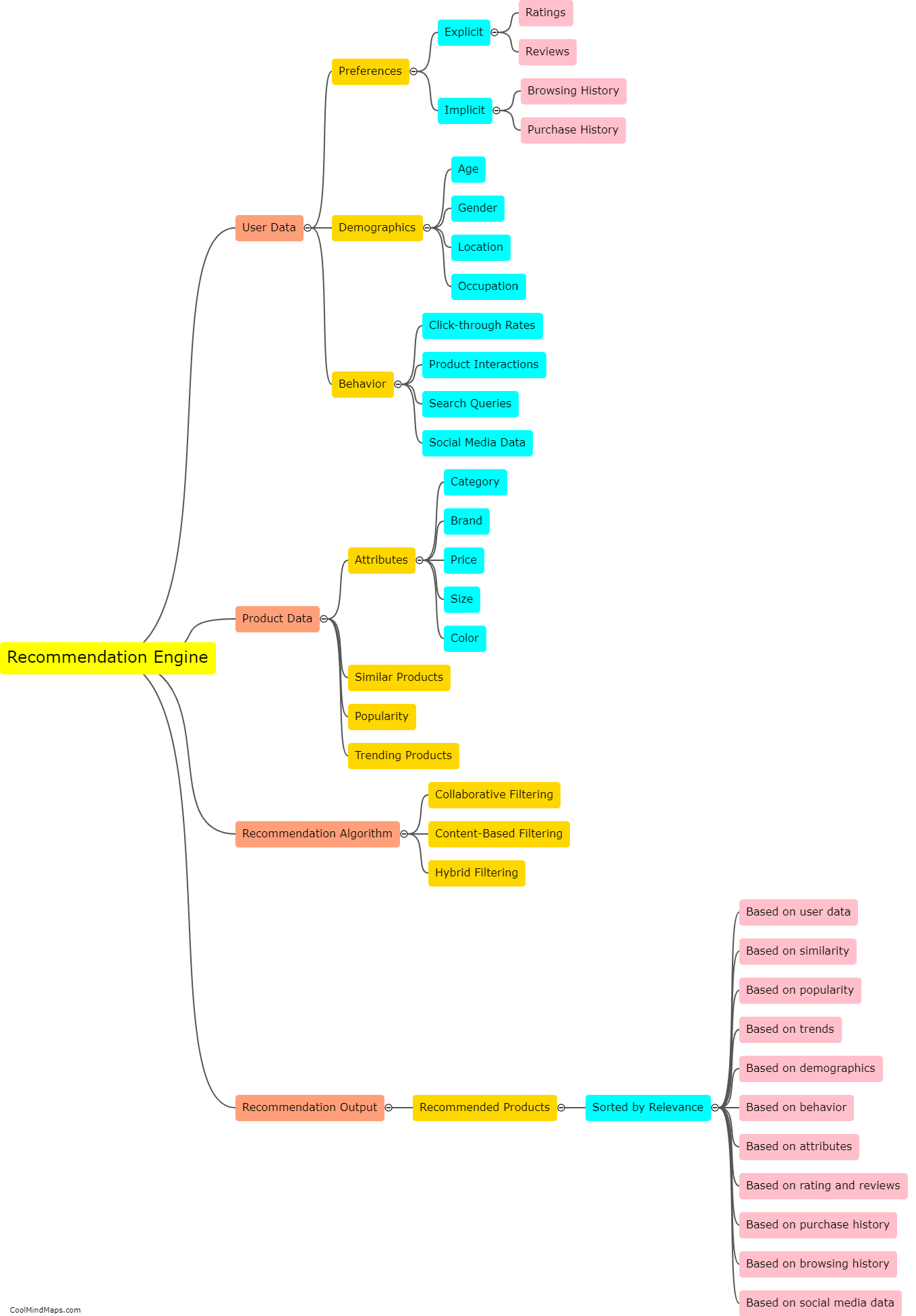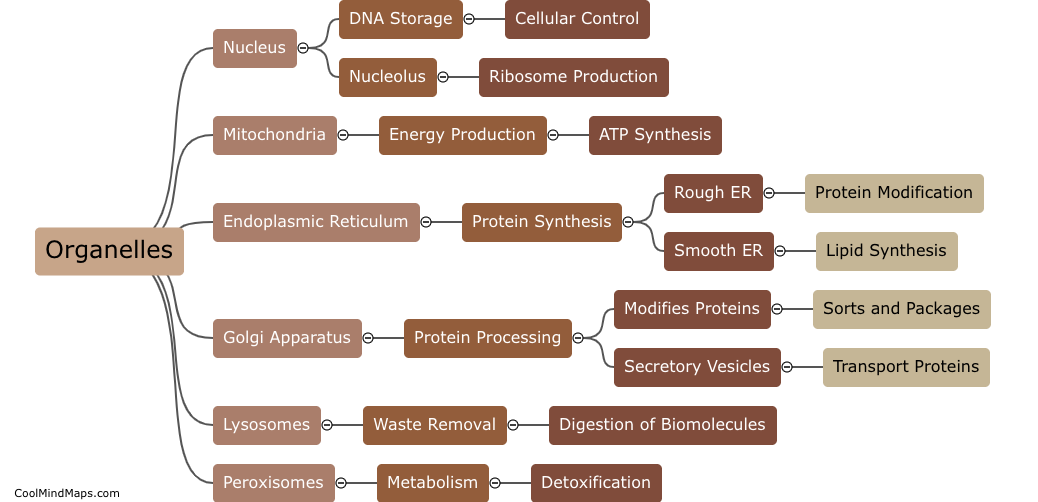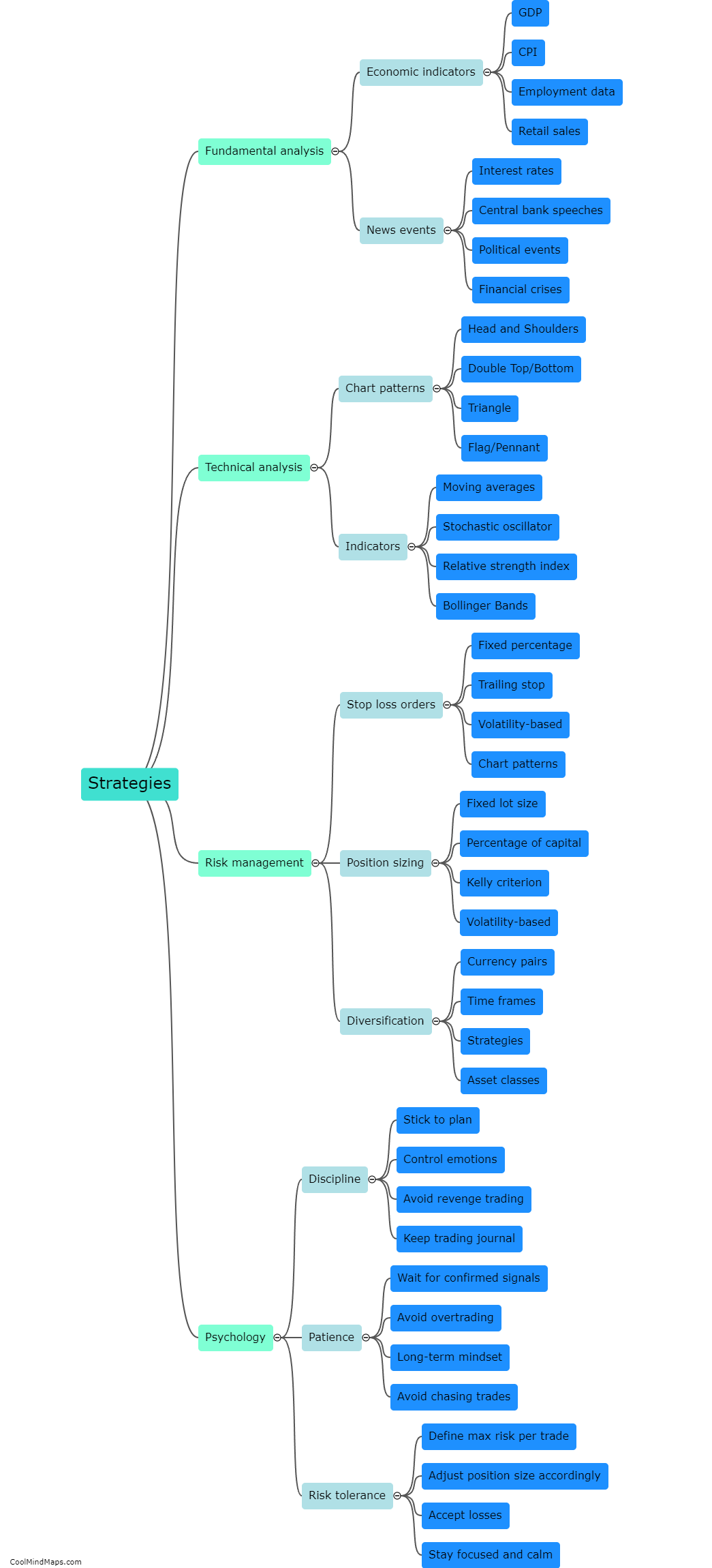What are the components of Docker architecture?
Docker architecture consists of multiple components that work together to enable containerization and orchestration of applications. The key components include:
1. Docker Engine: It forms the core of Docker architecture and is responsible for building and running containers. It consists of a Docker daemon, which is responsible for creating and managing containers, and a Docker client, which is used to interact with the daemon.
2. Docker Images: These are the portable and lightweight packages that contain everything needed to run an application, including the code, runtime, libraries, and dependencies. Images are built using Dockerfiles and can be shared and reused across different environments.
3. Docker Registry: This is a centralized repository where Docker images are stored. It allows users to easily share and distribute their images with others. The most commonly used Docker registry is Docker Hub, but there are also private and third-party registries available.
4. Docker Containers: Containers are the runtime instances of Docker images. They run in isolation from each other and the host system, providing a consistent and reliable environment for applications. Containers can be easily created, started, stopped, and deleted, making them highly scalable and manageable.
5. Docker Networking: Docker provides a networking model that allows containers to communicate with each other and with the external world. It offers various networking options, such as bridge networks, overlay networks, and host networks, to suit different use cases and requirements.
6. Docker Compose and Docker Swarm: These are tools provided by Docker to facilitate container orchestration. Docker Compose allows users to define and run multi-container applications using a YAML file, while Docker Swarm enables the creation and management of a swarm of Docker nodes to distribute applications across a cluster of machines.
By combining these components, Docker architecture provides a comprehensive solution for containerization, making it easier to develop, deploy, and scale applications.

This mind map was published on 10 October 2023 and has been viewed 97 times.

